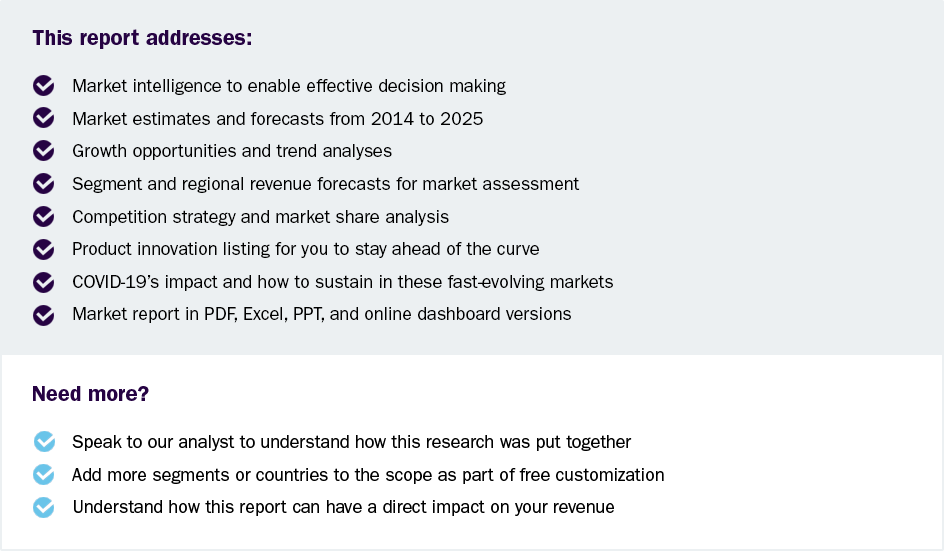Women's Health Rehabilitation Products Market Worth $4.4 Billion By 2025
The global women’s health rehabilitation products market size is expected to reach USD 4.4 billion by 2025, according to a new report by Grand View Research, Inc. The market is expected to witness lucrative growth over the forecast period, owing to increasing prevalence of chronic diseases coupled with rising female geriatric population.
Growing global population coupled with increasing birth rates is expected to increase consumer base in emerging and underdeveloped economies with large untapped opportunities. In addition, increasing employment of women at a global level results in higher disposable income and this has also resulted in development of chronic conditions due to sedentary lifestyle, stress/fatigue. These factors are further anticipated to push the demand for rehabilitation products over the forecast period.
Use of new technology such as virtual simulation, or wearables, and robotics in rehabilitation devices is gaining popularity worldwide. For instance, the shift from “crutches and mobility helps” to “specific motor function (hand or arm) rehabilitation devices,” propels the market demand over the forecast period. Community-based rehabilitation programs were initiated by the WHO to improve quality of the life of people with disabilities to help them meet their basic needs, which is further expected to assist in growth over the forecast period.
 To request a sample copy or view summary of this report, click the link below:
To request a sample copy or view summary of this report, click the link below:
http://www.grandviewresearch.com/industry-analysis/womens-health-rehabilitation-products-market
Further key findings from the study suggest:
-
Urinary incontinence segment held a lucrative revenue share in 2015 and is likely to grow at a significant rate during the forecast period
-
Orthopedic care segment is anticipated to witness the fastest growth over the forecast period owing to increasing prevalence of osteoporosis and arthritis among females worldwide
-
Physical therapy segment is expected to dominate the women’s health rehabilitation products market over the forecast period owing to increasing acceptance among women across the world
-
North America is expected to dominate the women’s health rehabilitation products during the forecast period, owing to increasing demand for rehabilitation and post-treatment care products in the U.S. and Canada. In addition, increasing geriatric population, breast cancer cases, and road accidents in the region are expected to propel market growth.
-
Some of the key players for this market are GE Healthcare; Access Health; GPC Medical Ltd.; Win Health Medical Ltd.; Meyer Physical Therapy; Sportstek; AliMed; DeRoyal Industries, Inc.; and BSN medical
Grand View Research has segmented the global women’s health rehabilitation products market on the basis of product, therapy, and region:
Women’s Health Rehabilitation Product Outlook (Revenue, USD Million, 2014 - 2025)
-
Orthopedic Care
-
Urinary Incontinence
-
Breast Cancer Care
-
Pelvic Pain
-
Lymphedema
-
Pregnancy and Postpartum Care
-
Other
Women’s Health Rehabilitation Therapy Outlook (Revenue, USD Million, 2014 - 2025)
-
Physical Therapy
-
Occupational Therapy
-
Massage Therapy
-
Chiropractic Therapy
-
Other
Women’s Health Rehabilitation Regional Outlook (Revenue, USD Million, 2014 - 2025)
-
North America
-
U.S.
-
Canada
-
-
Europe
-
Germany
-
UK
-
-
Asia Pacific
-
Japan
-
India
-
-
Latin America
-
Brazil
-
Mexico
-
-
Middle East and Africa (MEA)
-
South Africa
-

